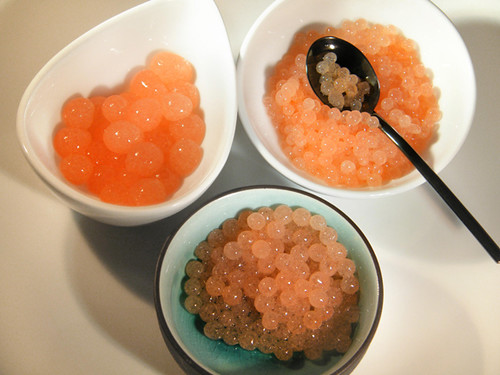Michael Pollan makes it apparent in his latest book, In Defense of Food, that he is disturbed by the food industries’ health claims and alterations on the food that the public consumes. He presents his audience with a call to action to ignore nutrition experts and advertisers while relying solely on their common sense and innate judgments on food. As his argument fails to convince us to be oblivious to this new age of the food industry and to tune in our primal hunter-gatherer instincts to help guide us, Pollan never presents a feasible solution to, what he calls, the “American Paradox” and, thus, his argument lacks profundity.
“Scientists can argue all they want about the biological mechanisms behind this phenomenon, but whichever it is, the solution to the problem would appear to remain very much the same: Stop eating a Western diet.” (140-141). Firstly, this is just one of several generalizations Pollan makes throughout his book. He generalizes the Western diet to consist of “lots of processed foods and meat, lots of added fat and sugar, lots of everything except fruits, vegetables, and whole grains.” (89) He further discusses the negative impact of the Western diet by contrasting it with the diets of those in Africa, India, Labrador, and several more regions all over the world. He applauds the diets of the other ethnic groups by pointing out the almost complete absence of chronic diseases that has become commonplace in the West. He fails to acknowledge the fact that most of the inhabitants in these regions are not as fortunate as those in the U.S. Food is not as readily accessible to these people and, therefore, the likelihood of these people to attain food related diseases is less simply due to the fact that they consume less. He does not describe what makes the diet of these people better; he assumes that these more backward societies would have more traditional lifestyles making their food options less tainted by the evils of modern science.
Pollan writes his book in hopes of improving the health of others, but his advice proves impractical for many of us who live in the current day. He advises us to avoid certain ingredients, food products that make health claims, and to get out of the supermarket whenever possible. A typical American family living in Suburbia or in the city would find these tips hard to follow when what Pollan demands us to avoid is clearly inevitable. It is hard to walk down an aisle in the supermarket without finding a product that does not make health claims or does not contain a sinful ingredient. Supermarkets are the main food provider for many homes. Pollan’s alternative: Whole foods, Farmer’s Markets, or a garden. These food providers do not live up to the convenience of the local supermarket located every few miles or so in most cities and suburbs. And the costs of shopping at these locations would break the budget of many American families.
Though Pollan suggests many possible ways to help us eat healthier and states an abundance of facts to support his claims, he leaves his audience unable to follow through with his advice and leaves many other vital facts unacknowledged. To change the lifestyle and eating habits of a whole region is a bold thing to encounter. Unfortunately, Pollan falls short with his argument and leaves his readers unconvinced.
Works Cited:
Pollan, Michael. In Defense of Food. New York : Penguin Books Ltd, 2008.























